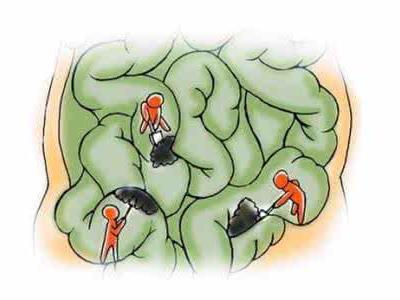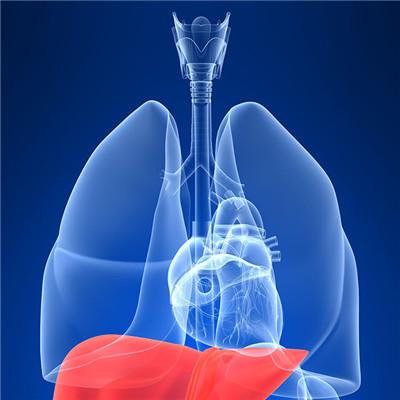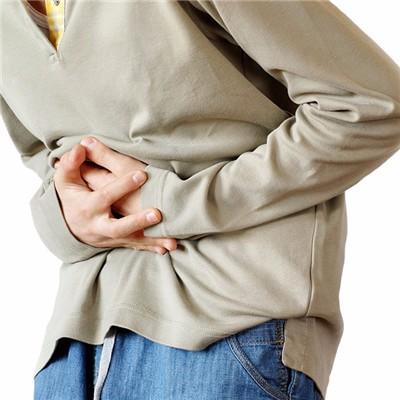Uterine arteriovenous fistula symptoms?
summary
If vaginal bleeding does not occur in the physiological period, it is a terrible thing for many women. Among them, uterine arteriovenous fistula is one of the causes of vaginal bleeding. This kind of disease must arouse our high attention, because sometimes it is serious and even needs to remove the uterus, which is very harmful to women's body. If we can grasp the cause of the disease well, we should pay attention to it, Can better carry on the prevention to the disease, next understands under the womb arteriovenous fistula symptom together?
Uterine arteriovenous fistula symptoms?
Congenital uterine arteriovenous fistula (CAVF) congenital uterine arteriovenous fistula (CAVF) is caused by the abnormal development of the original vascular structure or the cessation of development in the embryonic period. There are often multiple vascular communications, and other adjacent organs are often involved.
Acquired arteriovenous fistula is mainly related to trauma (including operation, delivery, abortion, curettage), infection, tumor, especially trophoblastic tumor. It is often connected by a single artery and vein, and does not involve the surrounding tissue. Trophoblastic tumor has angiophilic biological characteristics, and it is easy to erode blood vessels. Chemotherapy can also damage the vascular wall, resulting in the formation of communicating branches of arteries and veins or uterine arteriovenous fistula. Color Doppler ultrasound plays an important role in the diagnosis of uterine arteriovenous fistula, but angiography is needed for the final diagnosis; There were more blood vessels in the lesion, tubular or cystic dilatation and abnormal increase of blood flow; In arterial phase, veins developed early; Contrast media overflow can be seen in patients with active bleeding
The treatment of uterine arteriovenous fistula is divided into conservative treatment and surgical treatment. Interventional embolization is an effective conservative treatment for uterine preservation. When embolization, uterine arteriography can quickly determine whether there is arteriovenous fistula and bleeding site, and then selective uterine artery embolization can accurately and quickly block the blood supply of bleeding site and stop bleeding in time. It has the advantages of short operation time, small trauma and definite hemostatic effect. However, most of the congenital arteriovenous fistulas have multiple communicating branches. One embolization may not achieve the goal of complete embolization, and it may need to embolize the blood supply vessels several times. For young patients with fertility requirements, this method is the preferred treatment.
matters needing attention
For women, they should pay more attention to keep good living habits, develop regular diet and work and rest habits, and also ensure a healthy sex life. If they are not ready to have a baby, they should try to take good contraceptive measures when they are in the same room. This can reduce the damage of the disease to the body.














